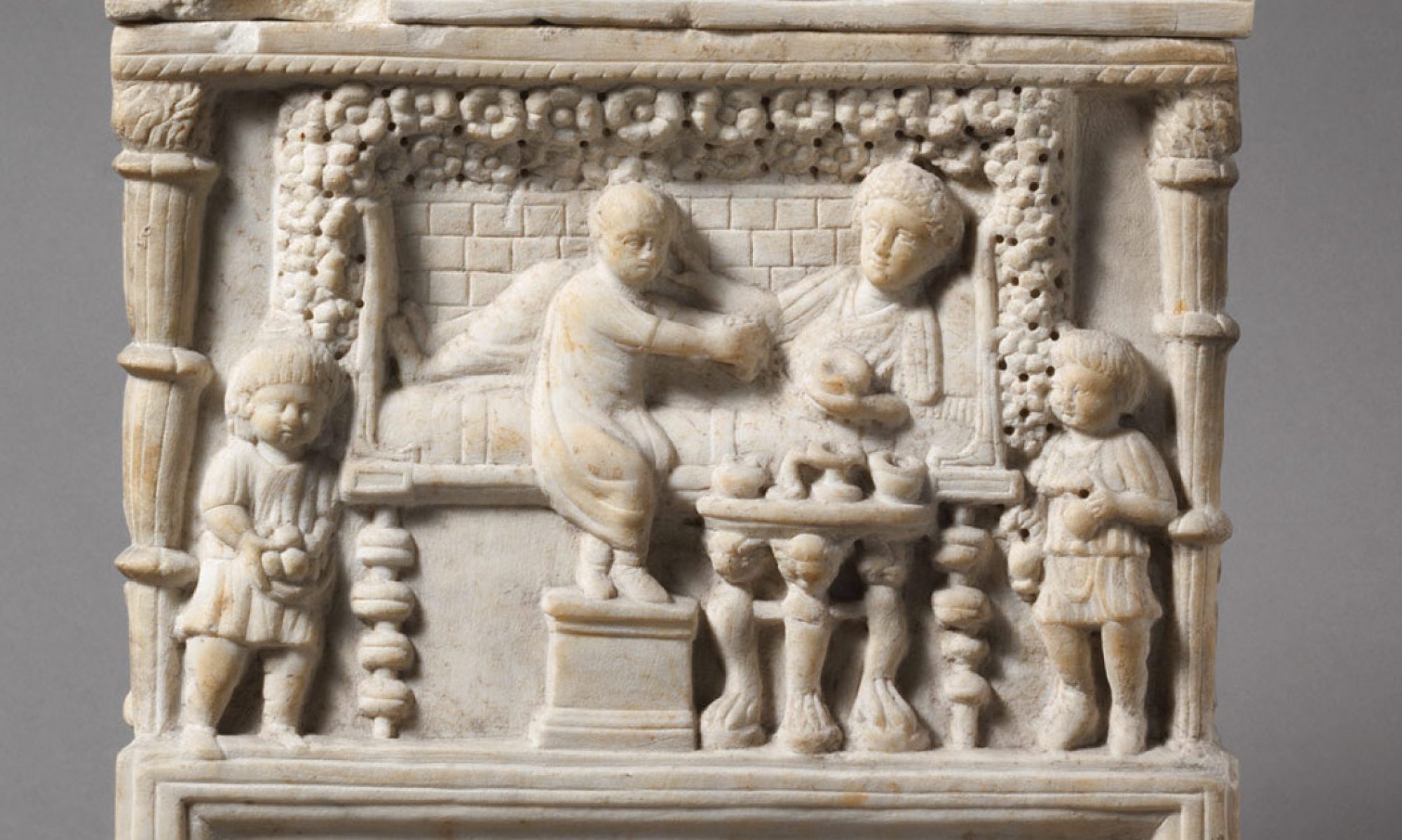One key aim of this digitized project is to stimulate greater interest in Roman marble cinerary urns and their place in larger conversations about sarcophagi and related funerary art. This project also incorporates discussions about the making and makers of ancient art through application of technical art history methods.
Various questions arose through this investigation. Below is a list of my own questions that I open up for scholarly attention.
Should we reevaluate the notion of workshops for sculptural production?
- I argue that cinerary urn production does not closely align with assumed workshop practices once proposed by Ward-Perkins. Their production must be examined first isolated from later sarcophagi and then alongside them.
Did sculptors and stone-workers in metropolitan Rome have greater horizontal diversity (in economic terms) in their work practices than is typically considered?
What is the nature of the portrait artist?
– Portrait production in Rome and its environs must have been less monolithic than it may sometimes seem in scholarship. What we deem as a proper portrait in terms of modern classifications does not necessarily align with what non-senatorial Romans considered sufficient for a portrait. Representation of partially distinctive faces on cinerary urns at times is akin to portraits on sarcophagi.
What were the driving forces behind the decoration of objects such as marble cineraria, and especially the nature of small-scale portraits which were sufficient but do not focus on life-like representational detail?
– Aside from economic aspects directly affecting the production of cineraria and peculiarities of sculptors and stone-workers carrying out the manufacturing processes, I have also considered the importance of familiaritas, intimacy, as one factor. Status, memory, and intimacy are all powerful factors that affected the representational strategies chosen by those commissioning funerary monuments.
The importance of intimacy (familiaritas) might have played a significant role behind the decisions to choose a particular motif for the decoration of an urn. A high degree of closeness is readily apparent in the scenes shown by figural decoration on urns as well as the adjectives included in inscriptions.
